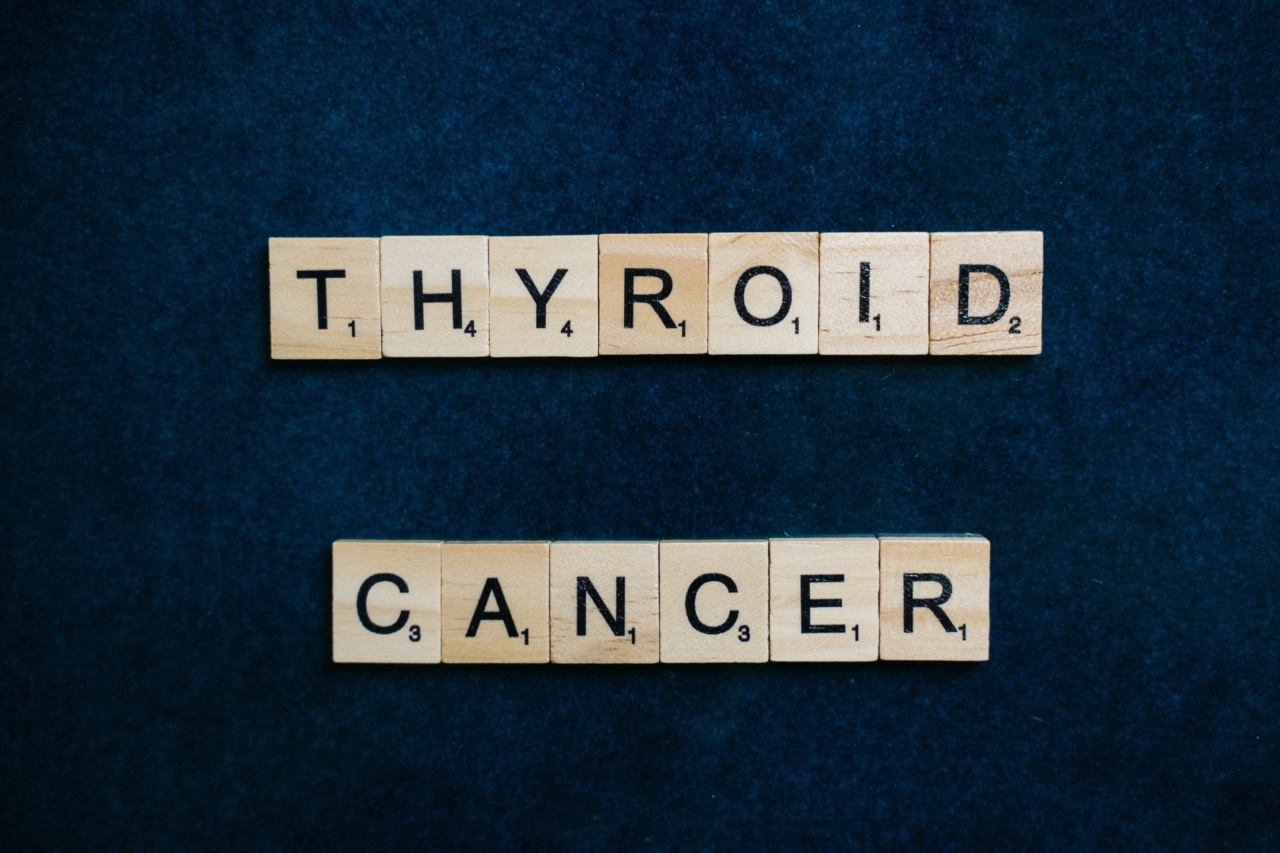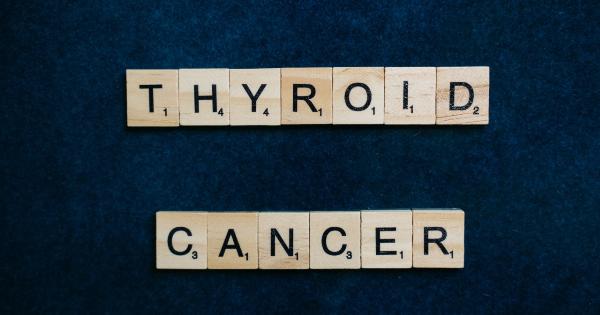Thyroid cancer is a type of cancer that affects the thyroid gland, a small butterfly-shaped gland located at the base of the neck. It is one of the most common cancers of the endocrine system and its incidence has been on the rise in recent years.
While several factors contribute to the development of thyroid cancer, including genetic predisposition and exposure to ionizing radiation, growing evidence suggests that environmental toxins also play a significant role in its incidence.
What are Environmental Toxins?
Environmental toxins are substances present in the environment that have the potential to cause harm to human health. They can enter our bodies through various routes, such as ingestion, inhalation, or absorption through the skin.
These toxins can be naturally occurring, like certain metals and contaminants, or man-made chemicals used in industries and consumer products.
Pollutants and Thyroid Cancer
Studies have shown a correlation between exposure to certain environmental pollutants and an increased risk of thyroid cancer.
These pollutants include chemicals such as polychlorinated biphenyls (PCBs), dioxins, polycyclic aromatic hydrocarbons (PAHs), and flame retardants. PCBs were widely used in electrical equipment, hydraulic fluids, and plasticizers until they were banned in the 1970s due to their harmful effects on human health and the environment.
Dioxins and PAHs are byproducts of industrial processes and combustion of fossil fuels.
It is believed that these chemicals can disrupt the normal functioning of the thyroid gland, leading to the development of cancer.
They can interfere with the production and regulation of thyroid hormones, which are essential for the control of metabolism, growth, and development. Furthermore, some of these toxins have been found to have estrogen-like effects, which can also contribute to the development and progression of thyroid cancer.
Endocrine Disrupting Chemicals and Thyroid Cancer
Endocrine disrupting chemicals (EDCs) are a class of environmental toxins that can interfere with the normal hormonal systems in the body. They can mimic or block the effects of hormones, disrupting the precise balance required for healthy functioning.
Several studies have linked exposure to EDCs with an increased risk of thyroid cancer.
Bisphenol A (BPA), a widely used chemical in plastic products, has been shown to disrupt thyroid hormone signaling and promote the growth of thyroid cancer cells.
Other EDCs, such as phthalates found in personal care products and pesticides like atrazine and chlorpyrifos, have also been associated with an increased incidence of thyroid cancer.
Heavy Metals and Thyroid Cancer
Heavy metals, such as cadmium, lead, and mercury, are another group of environmental toxins that have been implicated in the development of thyroid cancer.
These metals can accumulate in the body over time and have toxic effects on various organs, including the thyroid gland.
Cadmium, a metal commonly found in industrial emissions and cigarette smoke, has been linked to an increased risk of thyroid cancer. It can disrupt the normal functioning of the thyroid gland and promote tumor growth.
Similarly, exposure to lead and mercury has been associated with an elevated incidence of thyroid cancer.
Protecting Against Environmental Toxins
Reducing exposure to environmental toxins is crucial in lowering the risk of thyroid cancer and other related health issues. Here are some steps you can take to protect yourself:.
- Avoid smoking and secondhand smoke, as it is a significant source of several toxic chemicals.
- Maintain a healthy diet rich in fruits, vegetables, and whole grains, which can help support overall health and detoxification.
- Minimize the use of plastic products, particularly those containing BPA and phthalates.
- Filter your drinking water, as it can be a source of various contaminants.
- Choose organic foods whenever possible to reduce exposure to pesticides.
- Properly dispose of household chemicals and electronic waste to prevent environmental contamination.
- Be cautious when using cosmetics, cleaning products, and other personal care items, opting for natural and eco-friendly alternatives whenever possible.
- Stay informed about environmental regulations and advocate for stricter policies to reduce toxin exposure in your community.
- Regularly consult with healthcare professionals and undergo routine screenings for thyroid cancer.
Conclusion
The increasing incidence of thyroid cancer raises concerns about the role of environmental toxins in its development.
Exposure to pollutants, endocrine-disrupting chemicals, and heavy metals can contribute to the disruption of thyroid hormone regulation and the promotion of cancerous growth. Reducing exposure to these toxins through lifestyle changes and advocating for stricter environmental regulations is crucial in combating the rising incidence of thyroid cancer.
Take steps to protect yourself and spread awareness about the importance of a clean and toxin-free environment.































